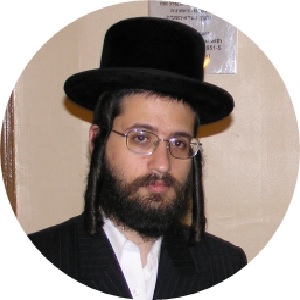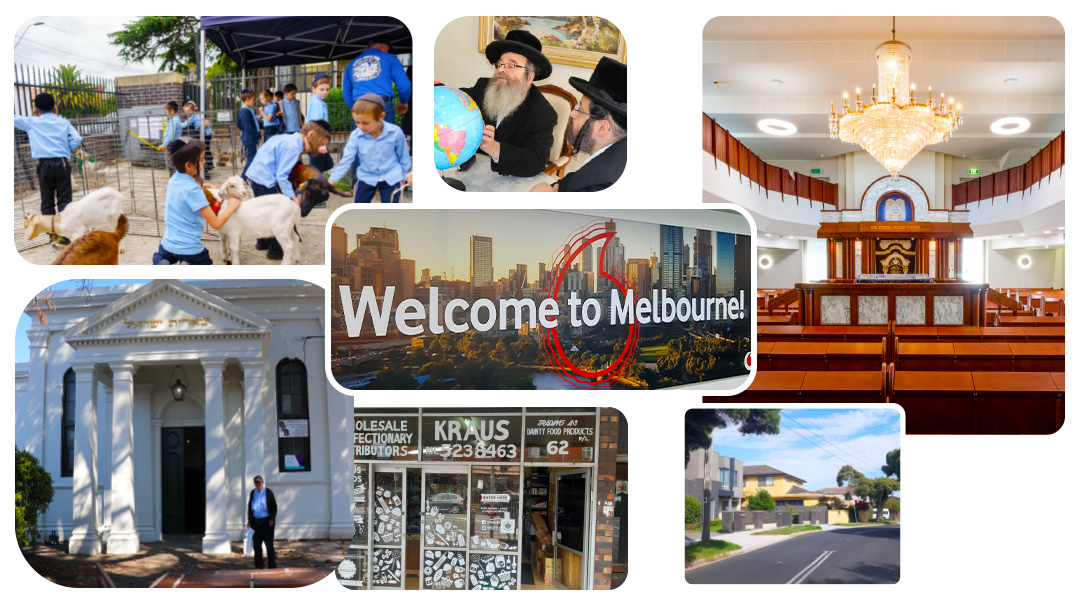Out and About Again

Melbourne’s Jews emerge from the longest lockdown

While almost everything is computerized in modern, friendly Melbourne Airport, these days you need actual people to approve the sheaves of paperwork and permits that travelers are required to present in order to enter almost any country.
So as the line snaked forward, the clerk across from me took my passport, typed in a few keys, instructed me to lower my mask, and smiled.
“You can pass,” he said.
So much for the urban legend about people on this bottom-of-the-world continent walking around on their heads with their feet in the air.
I held out the folder with my paperwork and felt a bit of disappointment. For naught I had sat filling out these forms. I even answered a long, tedious questionnaire, detailing everything I had done in the last ten years.
“Aren’t you going to stamp my passport?” I asked.
“No, we haven’t been doing that for awhile already,” he replied affably in his lilting Australian-accented English.
“Oh, well,” I sighed. “I came from the other end of the world just for the stamp.”
The clerk smiled again.
Welcome to Melbourne, Australia, a member of the Commonwealth of Nations of the British crown. And as long as the folks at Buckingham Palace feel good about it, the Australians cooperate. The queen appears on their Australian dollar bill, a representative of Her Majesty in Canberra signs on the prime minister’s appointment, and members of the royal family visit often.
Flying from Amsterdam to Frankfurt, from Frankfurt to Bangkok, and then, a flight southward to what felt like the end of the earth, we reached our destination, but a whole day on the calendar seems to have gotten lost. Anyone traveling from the West Coast of the US to Israel knows that feeling — when I landed in Melbourne, it was already the end of the next day.
Outside, Rav Binyamin Koppel, the rosh hakahal of the Adass Israel community in Melbourne, was waiting for me. At any hour of the day, you can find Rav Binyamin busy on behalf of the community. He is following the path of his father, Rav Nosson, who served as rosh hakahal until his passing some 20 years ago, although Rav Binyamin himself has one foot out of Australia — his married children live in Lakewood, and he’s planning to join them one day.
But for now he’s the linchpin of the kehillah, and seems happy that finally there’s a guest from the outside, one of the first to the community since this locked down country opened up to the world. Over the next few days, I would enjoy the community’s heartfelt welcome and would learn that it’s not only the warmth and hospitality for which the Jews here are known. It’s also a strong yearning to see new faces. Two whole years have passed since Australia shut its borders to the rest of the world. That meant no guests, no rabbanim, and no meshulachim.
Oops! We could not locate your form.







